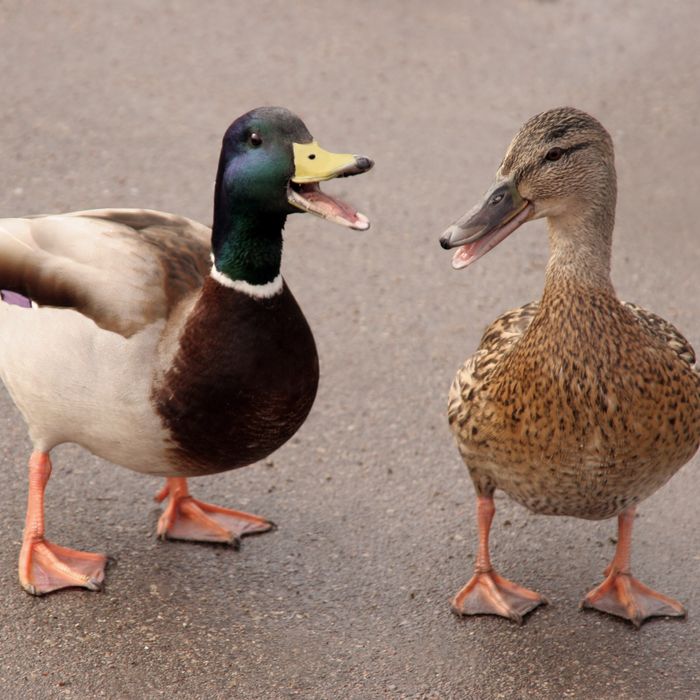

The result is more transparent and natural sounding.

Conversely, the dynamic response of a de-esser only tames the harsh frequencies when needed. This method of controlling frequencies often works better than using an EQ to cut those problematic frequencies.įor example, a static EQ will continuously cut frequencies in the vocal, even when there is no sibilance occurring. How De-Essing Worksĭe-essing temporarily reduces the level of a specified frequency range when a sibilant sound exceeds a set threshold.

The best way to reduce these annoying high-frequency sounds is with a de-esser plugin. Unpleasant sibilance can be irritating to the ear, especially with earbuds or headphones.

For example, de-essers work great at taming cymbals, hi-hats, synths, keys, guitars, and more. However, these versatile devices have other mixing or mastering purposes. They are the most preferred mixing tool for dealing with sibilance in the mix. They use a combination of multiband equalization and sidechain compression to reduce harsh high frequencies and sibilance.ĭe-esser plugins are typically used for vocal mixing. The audio Siri plays is realistic as opposed to exaggerated or cartoon-like.What is a De-esser? Learn how de-essing can reduce or remove harsh high frequencies from vocal recordings, instruments, and entire mixes.ĭe-essers are specialized compressors that focus on a specific frequency range. But asking "what does a fox sound like" brings up an actual call from an arctic fox, which sounds like someone whooping. If you ask "what does the fox say?", Siri may simply quote the song that became a YouTube hit in 2013. Siri also played several car sounds, a train whistle, and a short sample of a theremin as well. "Hey Siri, what do firetrucks sound like?"ĬNBC also tried it out with a few other animals, including a domestic cat, a lion, a bald eagle, and, in an example of how specific it can get, a kookaburra, a type of bird which sounds like somebody laughing."Hey Siri, what does a harp sound like?"."Hey Siri, what does a toy poodle sound like?."Hey Siri, what does a humpback whale sound like?".Here's some examples of what you can ask, via Apple: On an iPhone or iPad, Siri also brings up a picture of the animal and a link to more information from Wikipedia. Sounds now built into the system include animals, instruments, and vehicles, and Apple says there are hundreds of options. On Monday, Siri started to play short audio clips in response to questions about what something sounds like.


 0 kommentar(er)
0 kommentar(er)
